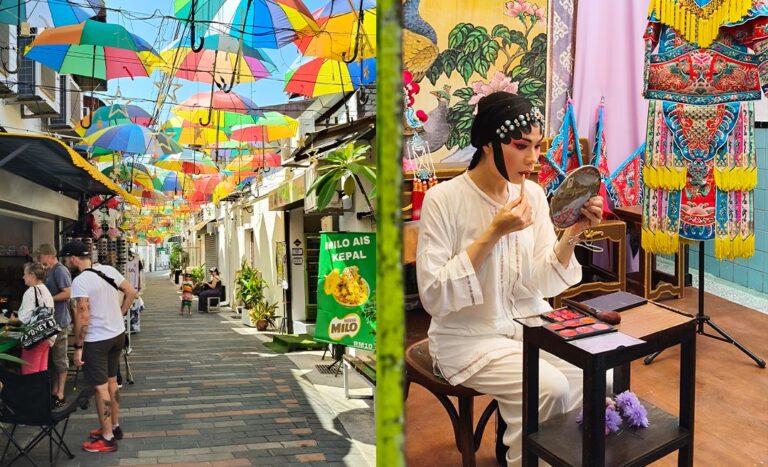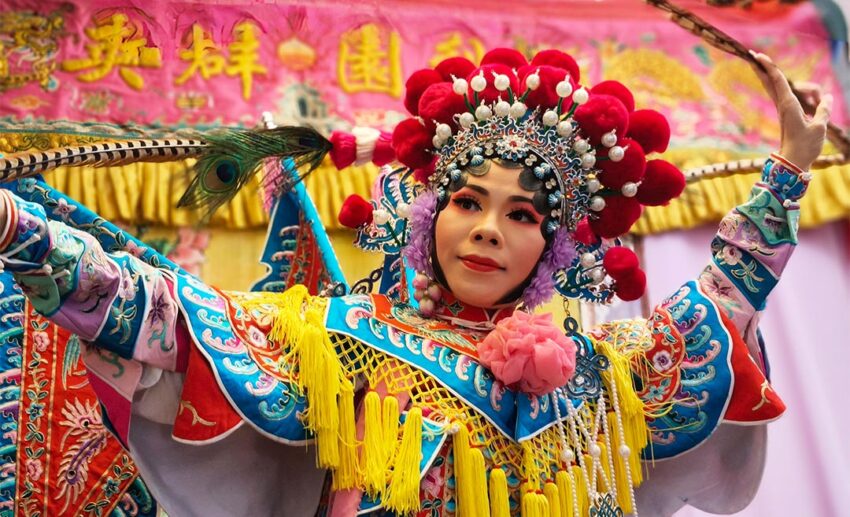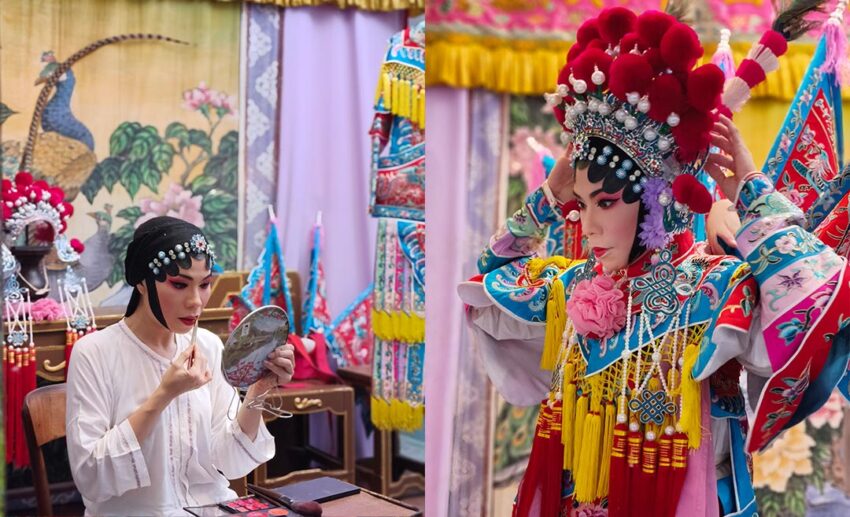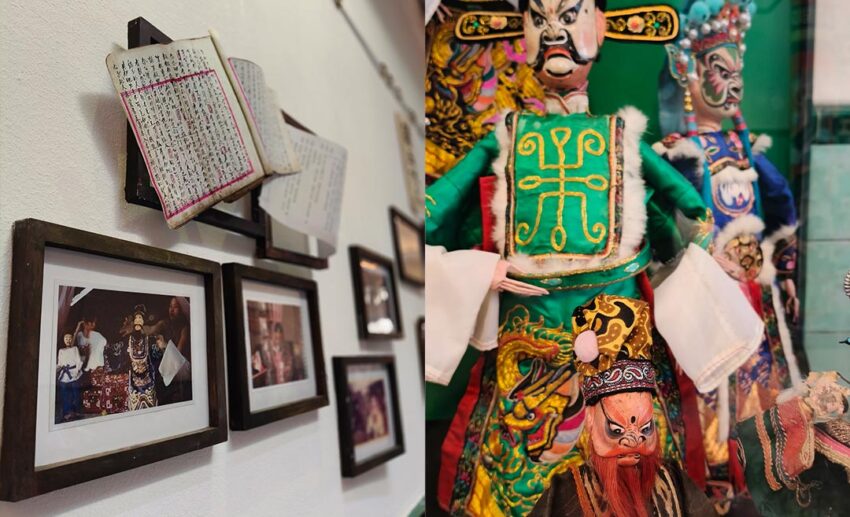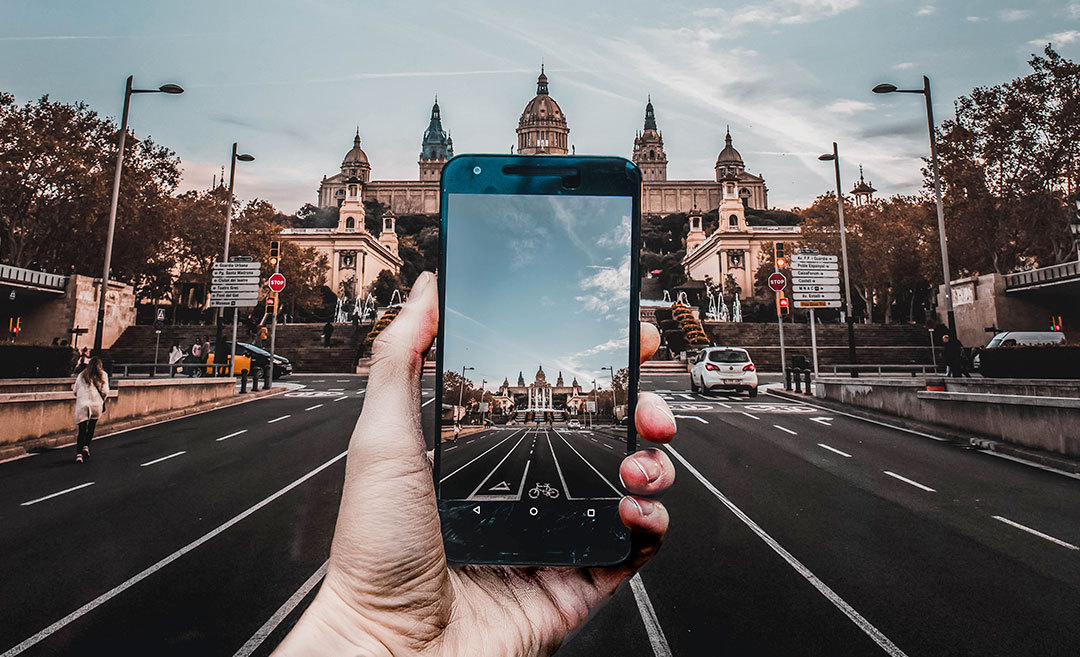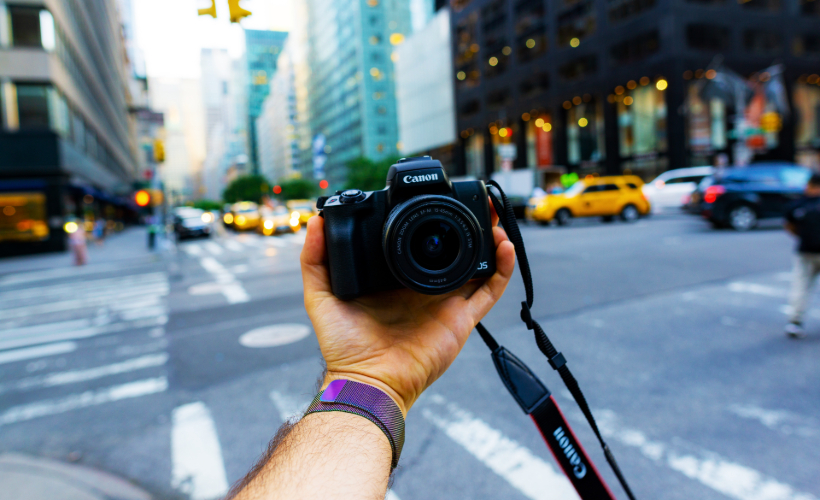Penang’s George Town has a rich tapestry of cultures; the city is a living museum where heritage buildings stand proudly amidst modern murals, and traditional trades thrive alongside contemporary art. Each street corner offers a discovery, weaving together tales from different cultures and times. This harmonious mix makes George Town not just a destination but an ongoing narrative, and one that keeps inviting you to explore its rich, multifaceted identity.
Wandering through this UNESCO World Heritage site, you’re not just any traveller; you become a time traveller, stepping into a world where the past coexists with the present. At least, this is how I felt during a recent trip through this historical hub.
What makes this Penang trip different? I will be capturing George Town through the lens of the OPPO Reno12 Series.
Catching glimpses of George Town’s cultural heritage
Living heritage: Teochew Puppet & Opera House
One of the first stops I made was at the Teochew Puppet & Opera House. This hidden gem offers a glimpse into the traditional Chinese art form of Teochew opera, an intricate performance preserved for generations.
At the heart of this cultural treasure is Ling Goh, a renowned opera performer and the driving force behind this opera house. As both a director and performer, Ling has dedicated her life to keeping this art form alive, ensuring that each performance is not just a show but a deep connection to Penang’s cultural roots.
This tiny opera house cum museum’s setup may seem simple, but it’s also a living, breathing testament to the efforts of individuals like Ling and Penang’s communities to preserve their heritage.
Stories of past and present mingle along iconic streets
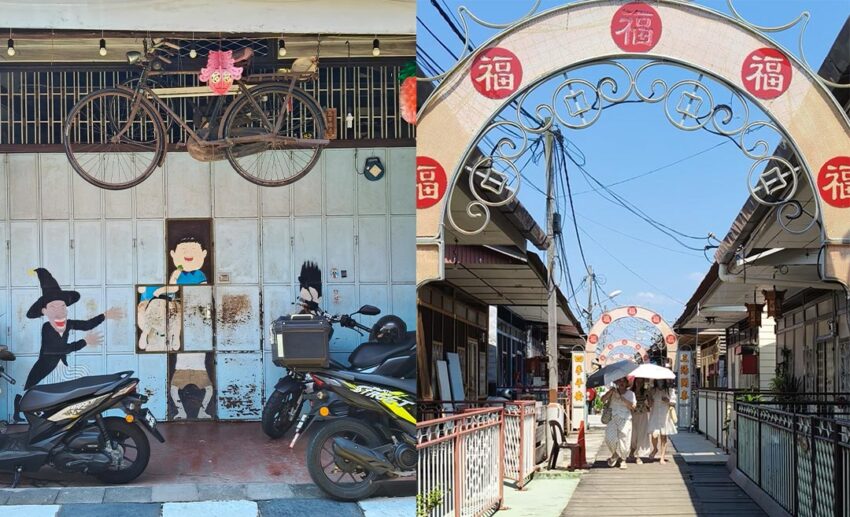
From there, I found myself strolling down Armenian Street. Named after the Armenian community that once settled in the area during the early 19th century, this street echoes its historical significance while embracing modern-day Penang.
Now famous for its street art, Armenian Street blends the old with the new, where historic structures serve as canvases for contemporary art. The murals here tell stories of Penang’s multicultural past, adding a modern twist to age-old narratives.
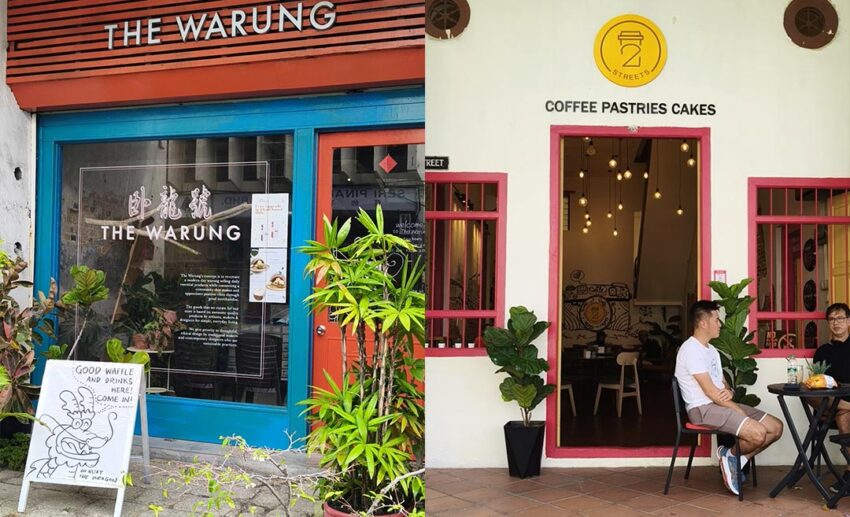
Any tourist will be sure to find themself drawn into the pulse of George Town, which extends beyond its famous landmarks. A stroll down Beach Street or through the historic clan jetties offers a glimpse into the daily lives of locals.
Quaint cafes such as China House invite you in with the scent of freshly brewed coffee and dessert, while the lively scenes at Little India and Chowrasta Market showcase its rich multicultural community.
Trishaws & testaments of spiritual diversity
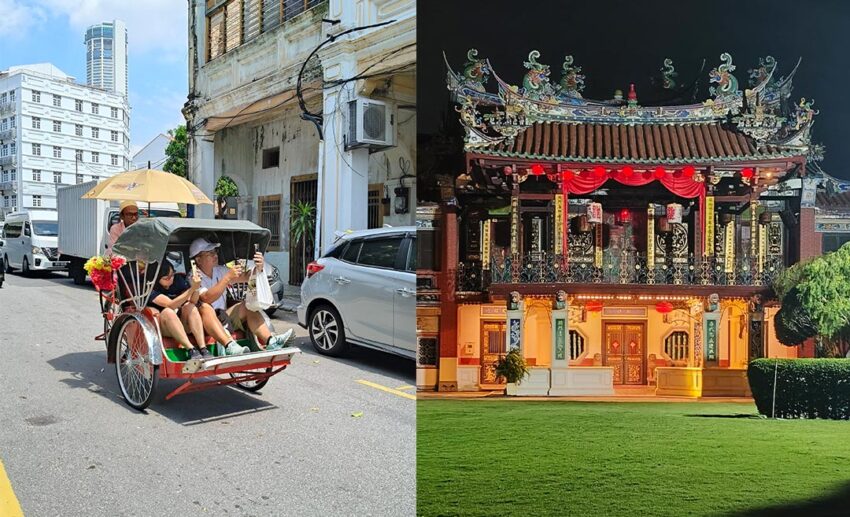
Structures like the Kapitan Keling Mosque and the Goddess of Mercy Temple also stand as symbols of George Town’s spiritual diversity, a testament to the harmonious coexistence of different faiths.
And along the bustling streets, vendors peddle everything from traditional snacks to flowers and handmade crafts. Trishaws, piloted by friendly locals, offer a nostalgic ride through the city, each accompanied by tales of the city’s storied past.
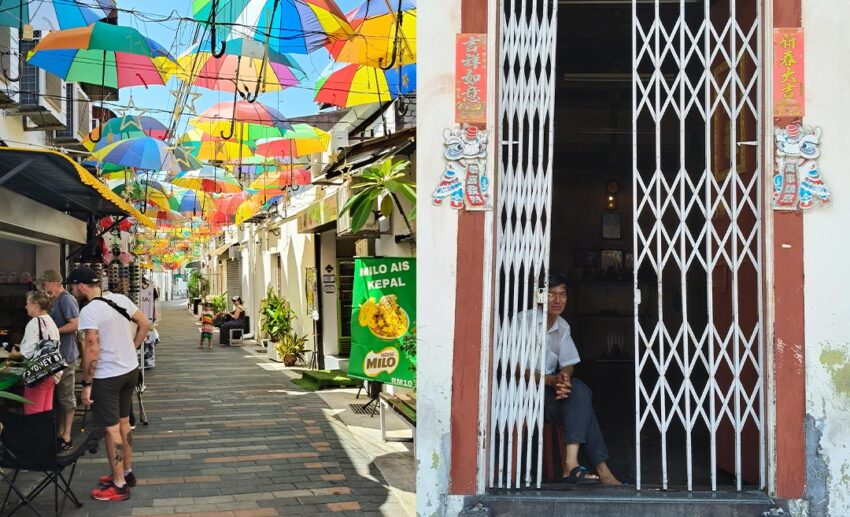
It’s the people of George Town—welcoming and proud of their heritage—who truly bring the city to life. Every exploration feels like a personal invitation to uncover the many layers of Penang’s cultural identity.
Cultural preservation
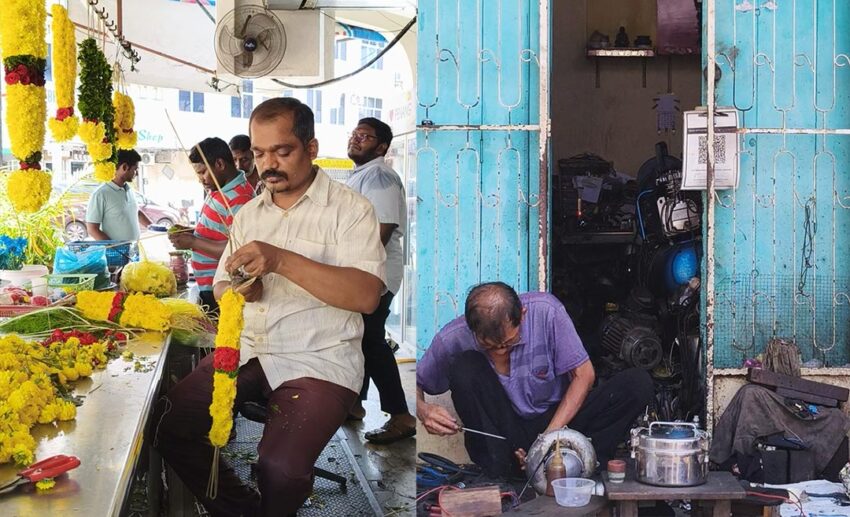
George Town’s charm lies not just in its landmarks but in the collective effort to preserve its culture. Local organisations and communities are the true custodians of Penang’s heritage, ensuring that the traditions, languages, and art forms passed down through generations are not lost to time.
Whether through the maintenance of historical sites or the continuation of traditional performances like Chinese opera, these efforts highlight the importance of cultural preservation in maintaining a community’s identity.
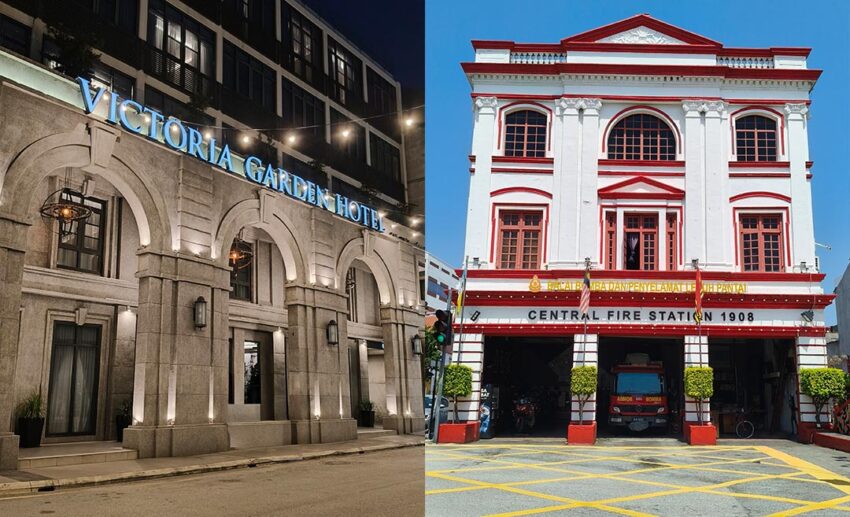
One group at the forefront of these preservation efforts is Think City, a social purpose organisation that has made significant strides in urbanising and preserving George Town. Through several initiatives, Think City has provided financial support to restore over 200 heritage buildings, breathing new life into the city’s historical architecture. Their work goes beyond just physical restoration; they have also been instrumental in cultural mapping and documenting George Town’s diverse heritage.
Think City’s approach to adaptive reuse (transforming old shophouses into vibrant cultural centres and boutique hotels) has not only preserved the city’s historical character but also revitalised its economy. Their efforts in enhancing public spaces and making the city more livable ensure that George Town remains a place where the past and present intertwine seamlessly, offering both residents and visitors a rich cultural experience.
Capturing George Town: OPPO Reno12, the modern traveller’s companion
As much as George Town offers a feast for the eyes, capturing its essence requires more than just a keen eye. Enter the Reno12 Series, OPPO’s newest offering designed to elevate travel photography with its innovative features and advanced AI capabilities.
From the first snap, the Reno12 proves itself to be more than just a phone; it’s a creative tool that adapts effortlessly to your surroundings. The camera’s performance throughout my day exploring George Town was impressive, seamlessly adjusting to the varying light conditions as I moved from the bright murals of Armenian Street to dimly lit interiors.
One of the standout features is the AI Portrait Super Resolution, which enhances facial details, ensuring every portrait shot is crisp and lifelike. The AI also recognises over 22 different types of scenes, from natural landscapes to bustling city streets, optimising each shot for the best possible result. Whether you’re photographing the intricate details of an opera costume or the vibrancy of street art, this feature ensures that every image is sharp, vivid, and true to the moment.
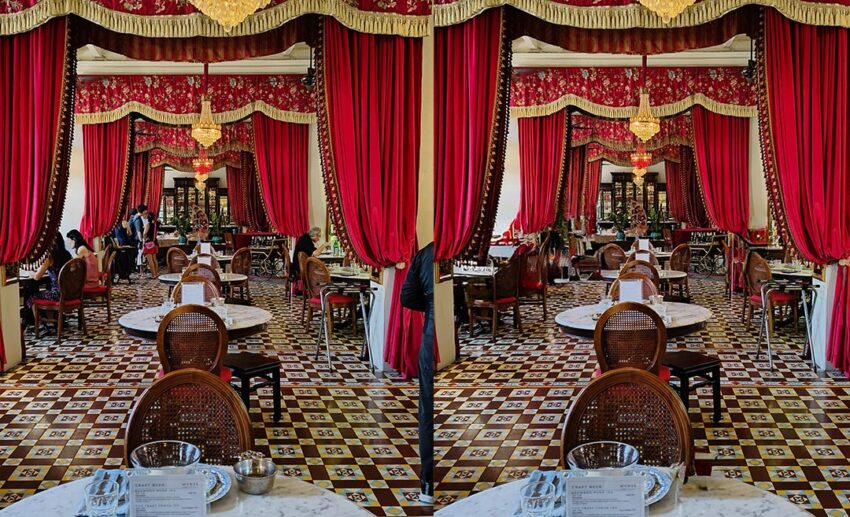
The AI Night Flare Portrait mode especially came in handy at night as the feature intelligently brightens dim scenes, making it ideal for late-night strolls through the city. And the AI Eraser and Lasso tools also smartly detect and remove unwanted objects and people from images, generatively filling the spaces.
Learn more about the all-new OPPO Reno12 Pro and OPPO Reno 12 on their website.
In George Town, history isn’t just something you read about—it’s something you experience. With the right tools, it’s something you can take home with you, forever preserved in your personal gallery.

